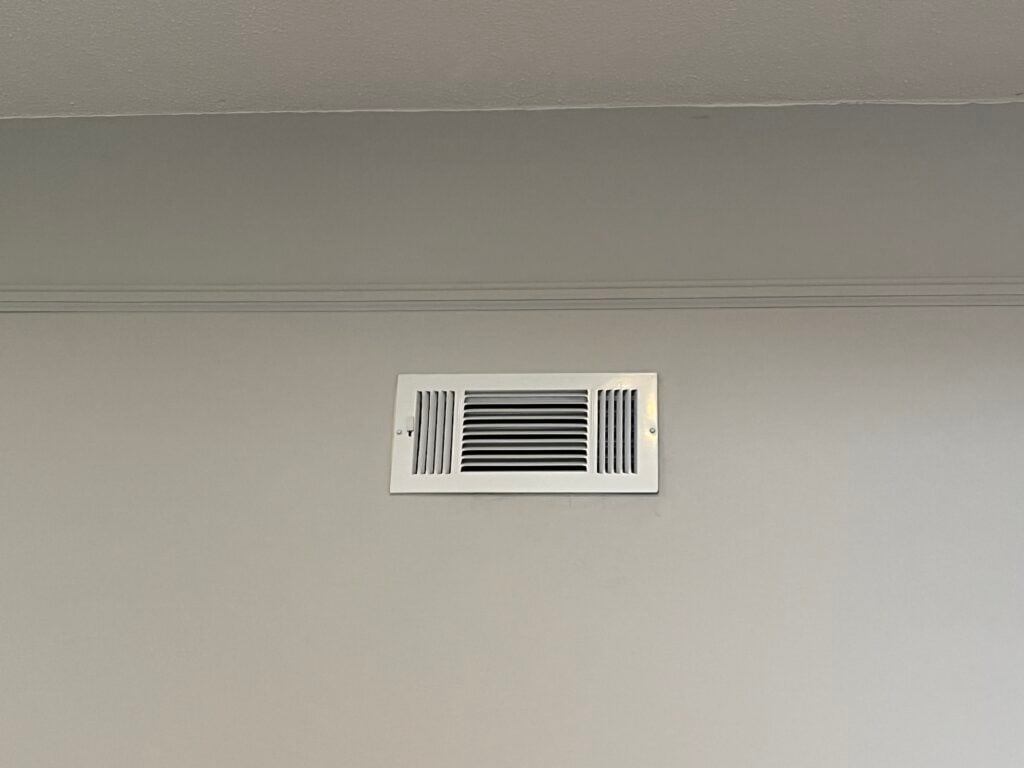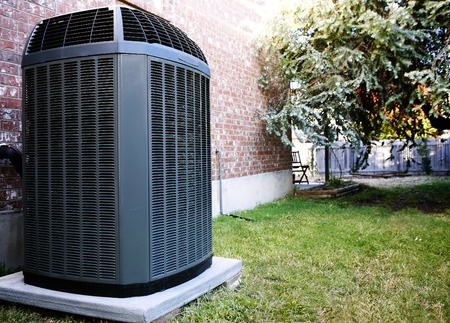As the name implies, ventilation is supplying fresh air to a space or removing stale air. A building’s ventilation system includes air exchange with the outdoor and air circulation within the building, which are integral to maintaining an acceptable level of indoor air quality within the building. As a result of ventilation, foul, contaminated air and excess moisture are removed from the indoor space and replaced with fresh, clean, outside air.

How Does HVAC Ventilation work?
The HVAC system regulates the temperature and humidity of your home. A heating and cooling system in your home is designed to pull air into your home through return ducts connected to vents in each room to bring warm or cool air into your home. There are also return grilles located on exterior walls near where the supply ducts originate within the house, so it is possible to push warm or cool air out of your home through the blowers. Many homeowners have difficulty understanding how HVAC systems work, especially in controlling the temperature within the house. Getting a better understanding of HVAC systems can be achieved by learning about their components.
You will find that the HVAC system has three major parts:
Heat pumps – In this component, cool air is taken in from the outside and heated before it is sent into the house. It is often referred to as a furnace. Additionally, the unit takes in warm air from your home and cools it down so that it can be expelled outside again once it has been cooled. Heat pumps are capable of heating and cooling at the same time or separately, depending on the time of year.
Air conditioners – These condition or cleanse the air by removing moisture from it, as their name suggests. Cooling your home with an air conditioner also involves blowing cold air into it to keep it from getting too hot.
Heating ventilator – Heaters are very similar to air conditioners in that instead of removing moisture from the air, they blow hot, dry air into your home instead of taking it away.
Why Are There Uneven Temperatures In Our Home?
Much of it has to do with the design and construction of your home and its layout. A wall or door will act as a barrier between rooms, which prevents the heat from spreading evenly throughout a house due to the walls and doors. There are still hot and cold zones in most homes despite having radiant flooring or other heating systems that do not rely on ductwork. Using zoning to maintain even temperatures is one of the best ways to achieve this. Insulation, drywall, and other materials that can effectively insulate against heat loss can be used to separate different areas of the house.
How Do Wall Vents Correlate With Temperature Control?
Keeping your house comfortable all year round is made easier with wall vents that allow air to move freely throughout your HVAC system. During the winter, if you live in an older home, you might notice that some areas of the house are colder than others simply because your furnace or boiler isn’t providing enough heat to those areas of the house. Especially if you live in an older part of town where the houses are compactly built in comparison to newer houses, this can be a problem.
How To Save On Heating and Cooling Costs?
Depending on its function, the wall vent can also be called a duct, a register, or a grille. There are many different types of wall vents available on the market today, and some of these include:
Thermostatic Wall Vents – This type of wall vent has two separate settings: heating and cooling. The active setting depends on whether or not it is currently hot or cold outside. These wall vents are typically installed in attics or basements with high ceilings, but they can also be used in areas with little insulation (like rooms with stone walls).
Variable Air Volume (VAV) Wall Vents – These types of wall vents allow you to control how much air gets released into each room by using an electronic device called a thermostat. This makes it easier to manage how warm each room should be throughout the home.

Balancing It All Out With Wall Vents
You should understand how your air conditioning unit works and how these factors affect your home’s temperature. The knowledge alone will help you save a lot of money but also help you make more informed decisions about your residential HVAC service. At Fritts Heating and Air, we can help you install the most appropriate system for your needs. Call us today to learn more.



